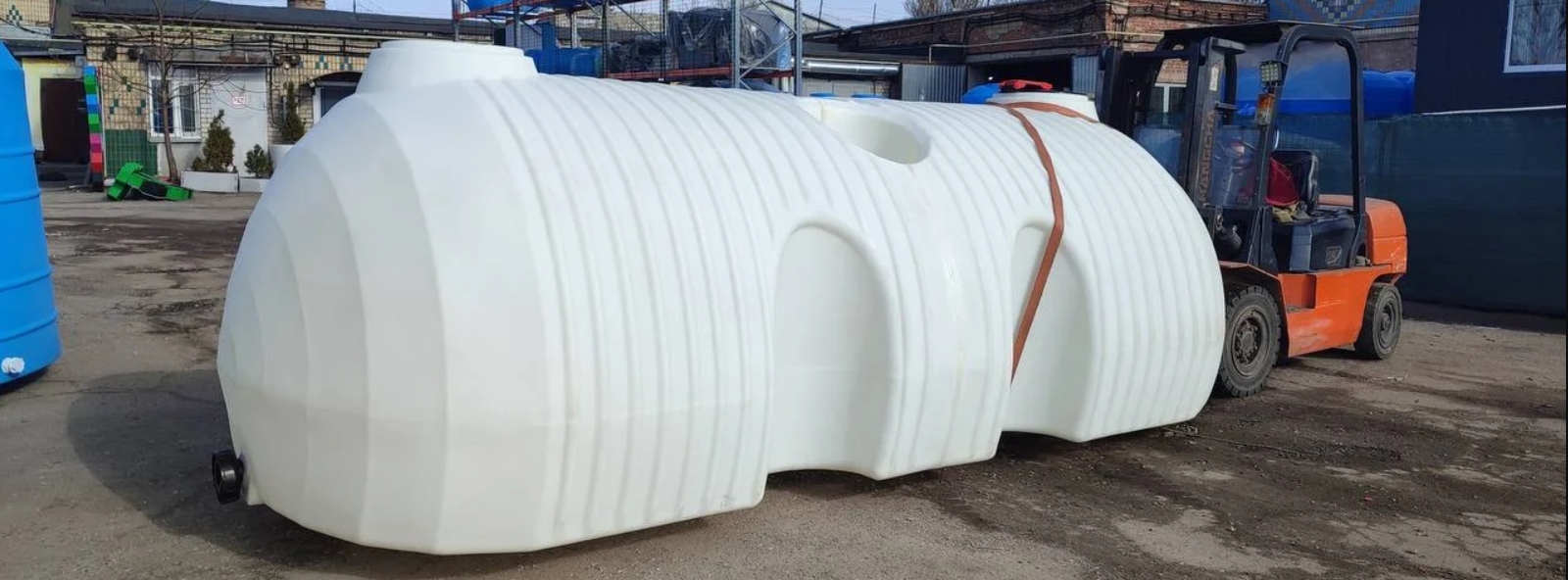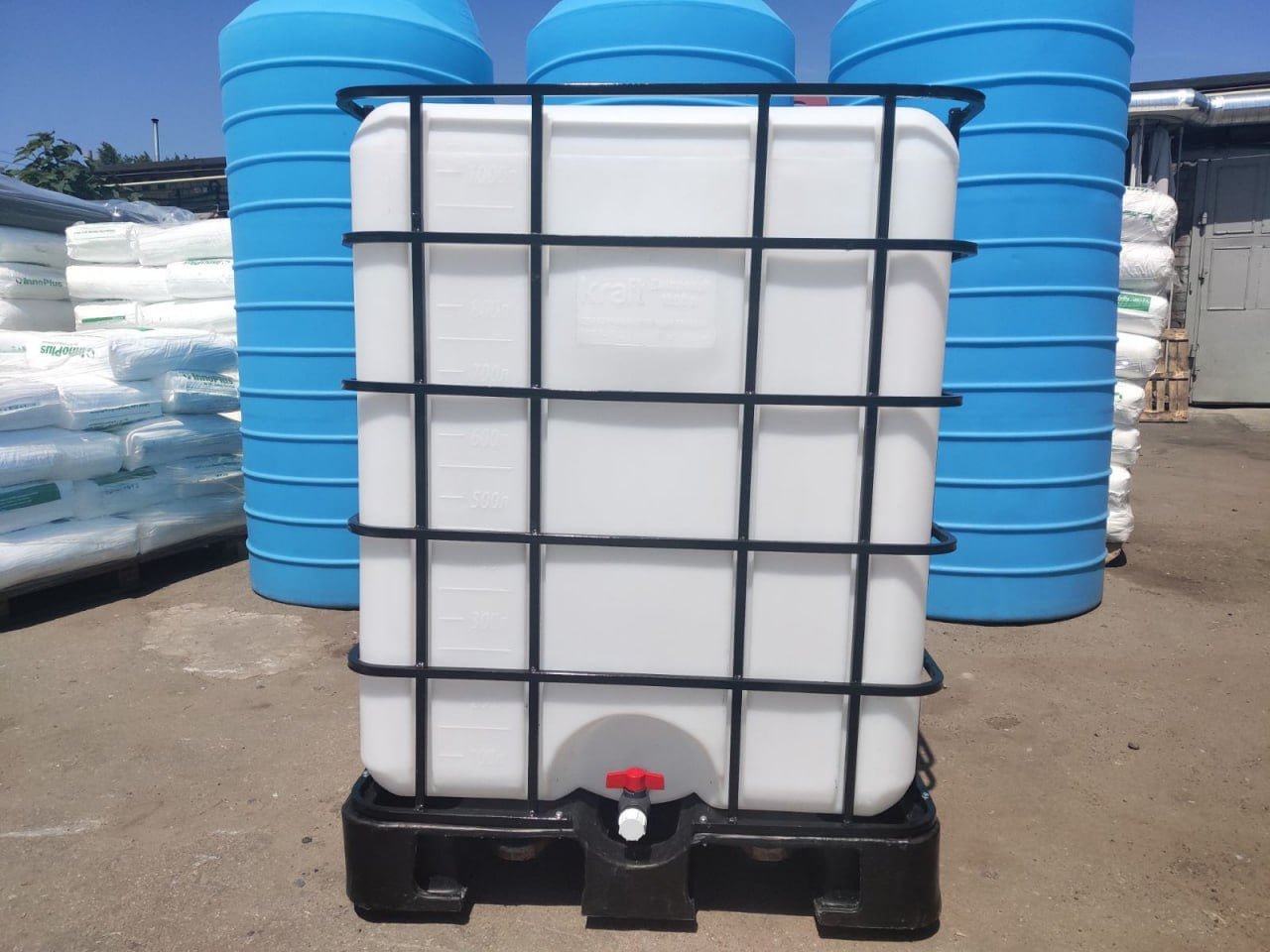How to store liquid fertilizers

Improper storage of fertilizers leads to a decrease in consumer properties. Owners of farms and private households expect to increase yields and profits. In fact, the treatment of crop areas does not give the desired effect, and sometimes becomes dangerous for plants.
How long are liquid fertilizers stored
Information on how long liquid fertilizers are stored in sealed packaging can be found in the labeling or manufacturer’s instructions. Typically, the shelf life of such products exceeds 5 years. The permissible period of use is reduced if the packaging is open. Contact with air provokes chemical reactions that affect the composition and characteristics of substances.
The shelf life of fertilizers with an organic composition is shorter than that of synthetic analogues, which is due to the natural processes of decomposition of natural components. Another common cause of organic spoilage is the development of pathogenic microorganisms, the population of which quickly grows in a favorable environment. Such products may lose their effectiveness within 1-2 years. Incorrect storage conditions can lead to accelerated deterioration of organic fertilizers with the appearance of mold and a sharp, unpleasant odor. Using spoiled compost is ineffective and unsafe for plants. Signs that indicate that the fertilizer is unsuitable for use:
- stratification into separate layers;
- formation of a solid, insoluble sediment;
- mold.
Chemical processes occurring in organic products are often accompanied by the release of ammonia with the appearance of a characteristic odor. Organic fertilizer is stored for no more than 9 months. The shelf life of the diluted product is reduced.
To find out whether it is possible to store diluted fertilizer, you should read the manufacturer’s instructions. Often, the shelf life of diluted fertilizer does not exceed 2-4 weeks. The answer to the question of how long it is possible to store diluted fertilizer depends on the composition. Organic products remain suitable for use for less time than mineral ones, which is due to the natural decomposition of natural components.
The shelf life of mineral fertilizers is much longer – from 1 year to 5 years. Mineral fertilizers UAN are stored without changing their properties for up to 6 months. The advantages of the product include the versatility of the nutrient medium. UAN is suitable for various agricultural work throughout the year:
- First feeding in early spring.
- Second feeding after germination.
- Feeding at the stage of formation of ears or fruits.
Using UAN increases yields by 30-50%. The freezing temperature is -18 ° C, which allows storage in winter.
Storage conditions for fertilizers
Incorrect storage conditions for fertilizers are the cause of retrogradation, when a liquid substance passes from forms that are easily absorbed by plants to the state of indigestible or difficult to digest compounds. The use of such products for plant feeding is impractical. The labor and time costs of personnel are meaningless and do not pay off.
To ensure that the storage of liquid fertilizers is not accompanied by irreversible changes, it is necessary to create conditions taking into account the composition and characteristics of the product. Reinforced plastic containers made of polyethylene or polypropylene using rotational molding are usually used for storage. Advantages of high-quality plastic containers for storing liquid fertilizers:
- Service life up to 40 years.
- Manufacturer’s warranty up to 5 years.
- Wide range of sizes and configurations.
- Possibility to order a container with the required geometric parameters.
- Resistance to corrosion, fungus and mold.
- Easy to maintain – smooth surface is easy to clean from dirt.
- Various placement options – above ground, deep, underground.
High-quality plastic containers designed for storing chemicals do not react with the contents and do not change the properties of the stored products. Compared to metal analogues of the same volume, plastic containers for storing fertilizers are lightweight, which simplifies transportation and installation.
Plastic tanks provide complete tightness and no air access, which helps to increase the shelf life of mineral fertilizers, which becomes maximum and is up to 5 years. Due to the wide range of sizes, plastic containers are suitable for large agricultural enterprises, medium-sized farms and private households.
Storing organic fertilizers: features
The main rule when storing organic fertilizers is to use containers that do not enter into a chemical reaction and do not change the properties of the contents. To extend the shelf life of plant nutrients, it is necessary to prevent access to destructive factors – moisture, air, ultraviolet radiation. Plastic containers cope with the tasks. Storing organic fertilizers in plastic tanks brings economic benefits to the enterprise:
- The ability to order a large batch of fertilizer and pay less at a wholesale price.
- Saving unused residues for growing crops next year.
- Increasing the shelf life of fertilizers and long-term preservation of consumer characteristics.
To create optimal conditions for the safety of material assets, choose the right container. The main requirements are reinforced walls, high-quality materials, a tight-fitting lid that ensures the tightness of the case.
Storing mineral fertilizers: features
Formation of reserves allows you to maintain the continuity of the production process, reduce costs and increase the profitability of an agricultural enterprise. Purchasing large quantities of fertilizers is cheaper. The head of the farm does not have to worry about purchasing additional fertilizer for plants during the “hot” season. Wholesale purchasing is advisable for owners of summer cottages and private houses with a garden plot.
The shelf life of mineral fertilizers is up to 5 years, if the storage conditions are met. Liquid substances are resistant to moisture. However, in some cases, they require compliance with the temperature regime – not lower than 0 ° C. After freezing and subsequent defrosting, some mineral substances change their characteristics and become unsuitable for plant feeding. In such cases, stratification and crystallization of the liquid medium occurs with the precipitation of a solid insoluble sediment, which subsequently remains at the bottom of the container.
In order for the product to retain its properties, it is necessary to insulate the plastic container. Usually, polyurethane foam is used to insulate the tank, which, unlike mineral wool and foam plastic, is not afraid of condensation and temperature changes. After applying the coating to the walls of the container, there are no joints and seams, which improves the thermal insulation characteristics of the layer. Ease of installation and resistance to moisture are additional advantages of the solution. Other recommendations:
- Prevent exposure to ultraviolet radiation.
- Avoid temperature extremes – heating above 30°C and freezing.
- Limit contact with air.
To maintain optimal storage conditions for fertilizers, tightly close the plastic container with a lid and install the tank in a dark place, protected from direct sunlight. It is important to prevent access of farm animals and birds to any type of fertilizer.
It will also be interesting
Do you need a consultation?

Sales Manager
Alexandra
Fill out the form and we will be in touch to answer your questions






